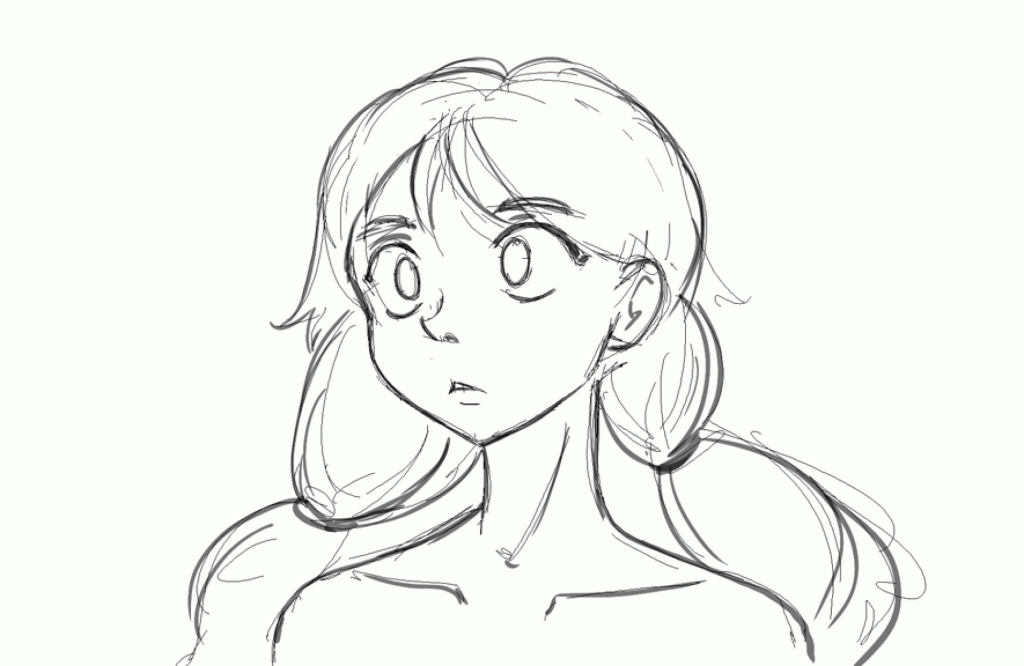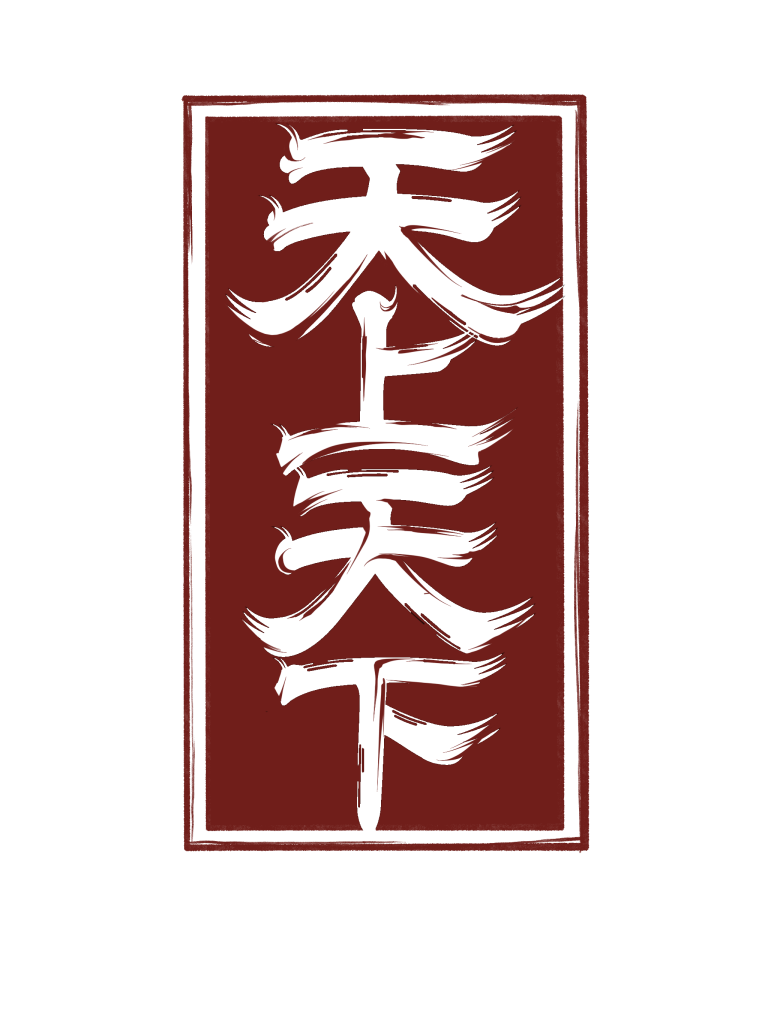During week 7 of the course, we were being introduced to more basic principles of animation. Body acting exercise was the next challenge. The choice of models for animation were very limited, which in the beginning I thought was annoying, but as I progressed with exercise I realised that given models were built very geometrical and that made it a lot easier to execute the movement. I decided to choose the blockiest model consisting mostly of rectangular shapes, and in order to focus the body language better, I removed the face completely. Exaggerated silhouette proved to be a better tool to communicate the body acting.



